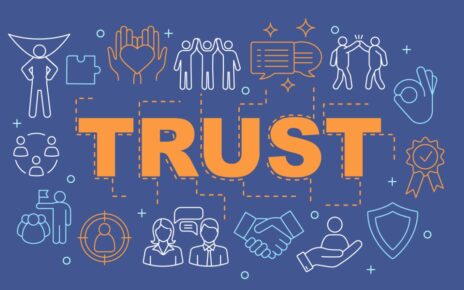Fake reviews have become a big issue in the online world. They are not only destroying the credibility of reviews but also hurting honest businesses.
Look for reviewers who have made many reviews. Authentic buyers and users tend to write short, straightforward feedbacks that avoid excessive praise or criticism.
Click on the reviewer’s name to check for other reviews they have made. If you see that they have reviewed many of your competitors, it could be a fake account.
Authenticity of Reviews
The authenticity of reviews is a crucial element for online shoppers. After all, even a single fake review can tarnish a shopper’s trust – for good. In this way, retailers and brands must take a variety of measures to preserve the integrity of reviews.
For example, they should ensure that they only show reviews that have been submitted by verified buyers or actual users. They should also clearly indicate the source of each review (e.g. “Customer review” or “Verified buyer”).
In addition, the length of a review can be an indicator: Authentic customers and users typically don’t have time to write lengthy feedbacks, so reviews that are very long are likely to be fake. This is especially true if the text contains incidental private stories or if competitors are praised or criticized in detail.
Additionally, a review that contains a lot of spelling or grammar errors may be suspect. This is because companies that pay people to write fake reviews often employ workers from low-income countries where English is not the main language.
Content Similarity Checkers
Similarity checkers are software programs that compare submitted documents against a database of previously published papers and other sources. This allows instructors and students to identify instances of accidental or deliberate plagiarism in written assignments, papers, blogs, research, or other online content.
Using the same text analysis technology trusted by major journals and publishers, Turnitin’s originality checkers can help you verify that your submissions are 100% original. The iThenticate database contains more than 78 million full-text articles and subscription content, making it one of the largest and most comprehensive academic plagiarism databases available.
The best way to detect fake reviews is to search for repetitive phrases, unusual language and grammatical mistakes that indicate that the review was written by an outsourced writer. Also, if a review mentions the product name in many different ways or has a marketing feel to it, this is a giveaway that it is not legitimate. A good similarity checker will flag these types of reviews as spam and will not publish them.
Verification Methods
The most formal type of verification method is known as inspection. It involves a group of three to six participants who meet together and go over documents. They discuss potential faults and critical areas in a structured manner.
Grammatical and spelling errors are not always a sign that a review is fake, but reviews that seem too perfect in wording may indicate fraud. Also, check if multiple accounts are created by the same user – this can indicate fraud. Look for the same naming schemes (i.e., john765 or john778) in the email addresses and phone numbers used by this user.
A common practice for scammers is to write a review for your business, then later use that same name for other product reviews on the same website. This way they can use the same reviewer for a number of different products and make it harder to track them down. You can also check whether the reviewer has reviewed any of your competitors.
Reputation Management
As a reputation management company, it is our job to provide our customers with insight into what drives their online review ratings. We want our clients to be able to make informed decisions about their business and products, so we’re committed to ensuring that the reviews they collect on their website are authentic and helpful.
There are a number of things that we can look for to identify fake reviews. We can look at the reviewer’s location (for example, if they are in Florida but have reviewed a different type of business in Oregon), and we can also see their history of reviewing for other businesses.
Managing positive and negative comments, reviews, and mentions requires a lot of attention. We recommend having a dedicated person in-house who is responsible for managing these tasks. Additionally, it’s a good idea to develop policy guidelines and a defined tone of voice so that nothing slips through the cracks.




